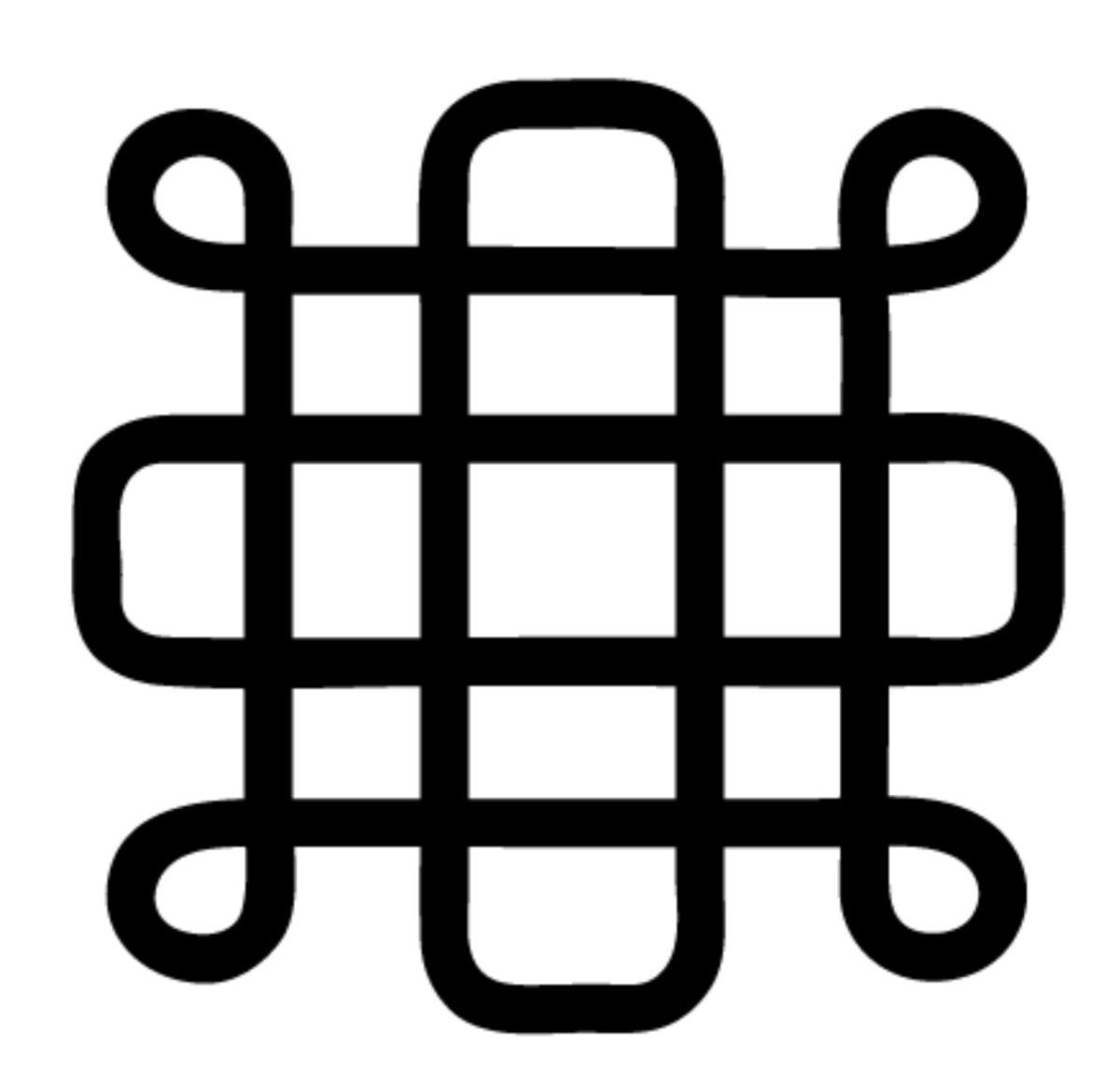Have you ever heard of Samhain? It is the celebration from which Halloween is said to originate. From the evening of October 31 to sunset on November 1, Samhain celebrations transpire.
This Pagan religious festival is where Halloween draws its roots, according to Brown University (brown.edu). Samhain originates from an ancient Celtic spiritual tradition, according to the History Channel. The festival is meant to welcome in the “darker half” of the year, when winter bares its fruit and the harvest season ends. Celebrants believe that during winter, barriers between the spirit and physical world are broken down and interact (history.com). Ancient Samhain began at the midpoint between the fall equinox and the winter solstice. During this time of year, hearth fires were left to burn whilst the remains of the harvest were collected. After the harvest, celebrants would join with Druid priests to light a community fire using a wheel. The wheel was said to be a representation of the sun. Cattle were sacrificed and those who were at the fire took embers home to light their hearths (history.com).
As Christianity gained traction in Pagan communities, churches attempted to appropriate Samhain as a Christian celebration, according to the History Channel. Pope Boniface of the fifth century moved the celebration to May 13 and repurposed it as a celebration of saints and martyrs. The ninth century saw Pope Gregory move the celebration back to the time of the fire festival and declared it All Saint’s Day, which fell on November 1, followed by All Souls’ Day the day after (history.com).
October 31 became known as All Hallows Eve, which then became Halloween. Halloween contains many of the traditional Pagan practices, as they were adopted by the Irish immigrants who came to America in the Nineteenth Century. Trick or treating is said to be derived from ancient Irish and Scottish traditions that were practiced on the nights before Samhain (history.com). Despite this fact, Halloween’s origins are not well-known. Senior Alexander Maldonado said, “I was not aware that Halloween was appropriated from Pagan culture. I have never heard of Samhain. I was under the impression that Halloween had American origins.” In Ireland, people put on costumes and went from door to door, singing songs to the dead. Cakes were given as a treat and tricks were typically blamed on fairies. With the parting of the spiritual and physical world, the Irish prepared and left out offerings for the fairies called Sidhs. The people would often dress up as monsters and animals so that the fairies were not tempted to kidnap them (history.com).
One exclusive mythological creature that was part of the All Hallows Eve celebration was the Pukah. The Pukah was a shape-shifter and the receiver of crop offerings. Lady Gwyn was a headless woman, dressed in white and followed by a black pig. She chased around the people who wandered at night. The Dullahan, much like the Headless Horseman, sometimes appeared as impish creatures and other times rode on horses whose eyes would appear to be flaming. Oftentimes, the Horseman would be considered an omen of death (history.com).
In the Middle Ages, the celebrations and fire festivals continued. More personal and intimate Samhain celebrations occurred. Bonfires known Samghnagans were traditions that were directly practiced to protect families from fairies and witches (history.com).Among the most popular myths of the festival was “The Second Battle of Mag Tuired,” which is the final conflict between the Celtic Pantheon and the Former, the evil they had to fight. The myth states that the battle took place over the period of Samhain (history.com).
Samhain, though not as well known as Halloween in America, is a rich festival embedded deeply in Irish culture. The Pagan festival is responsible for a multitude of Halloween traditions. The next time you go to put on a costume and knock on your neighbor’s door for candy, be sure to remember how this popular petrifying practice came to be!

